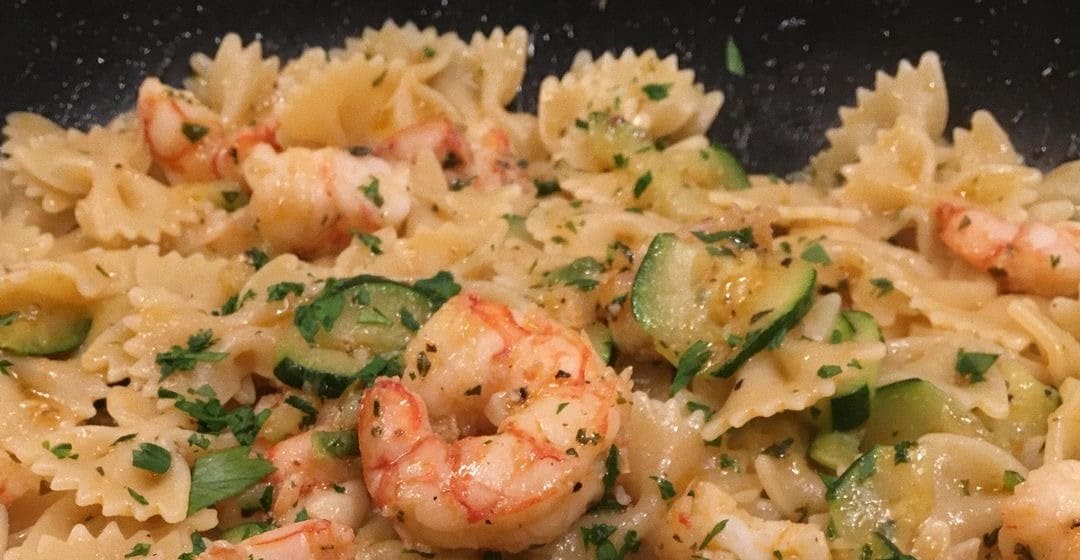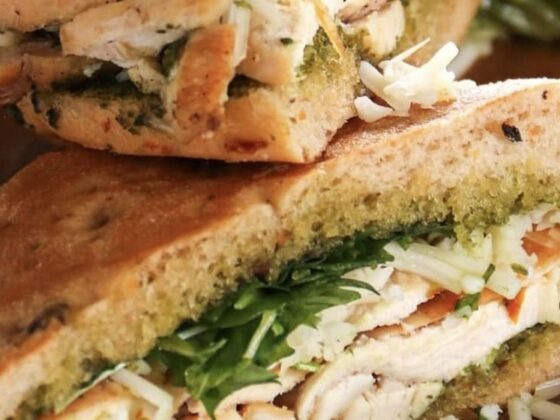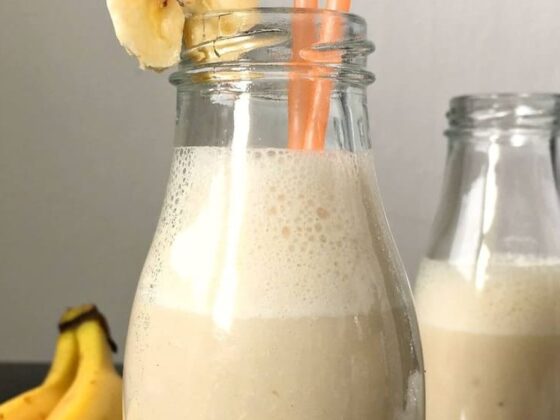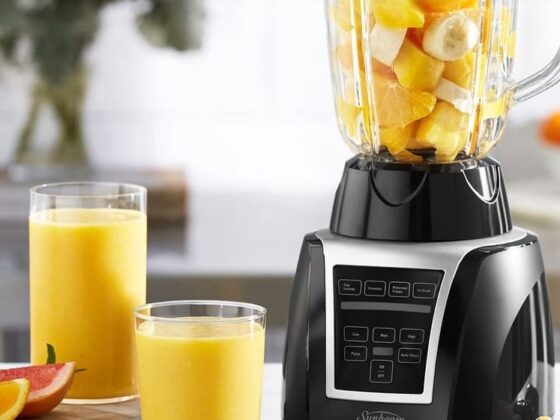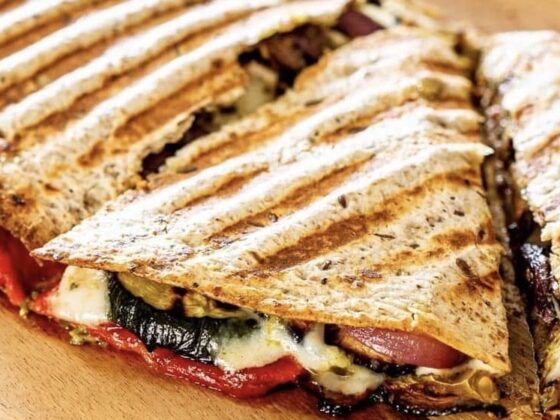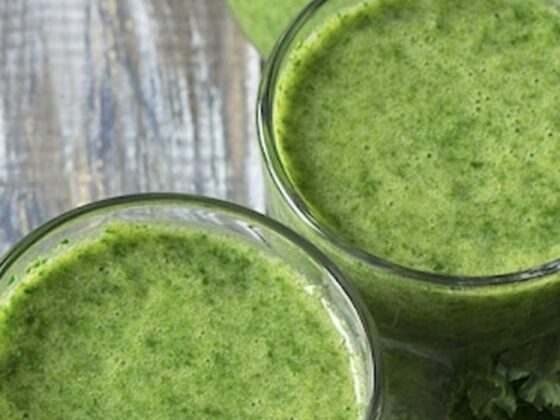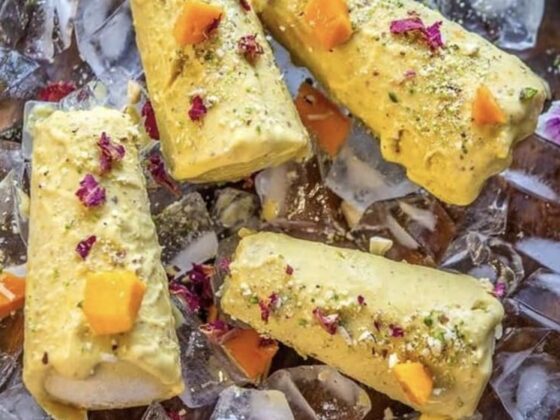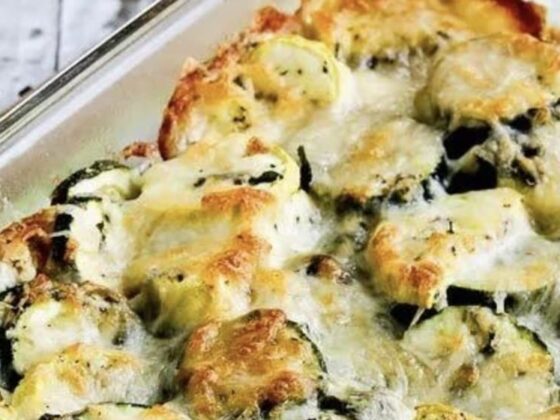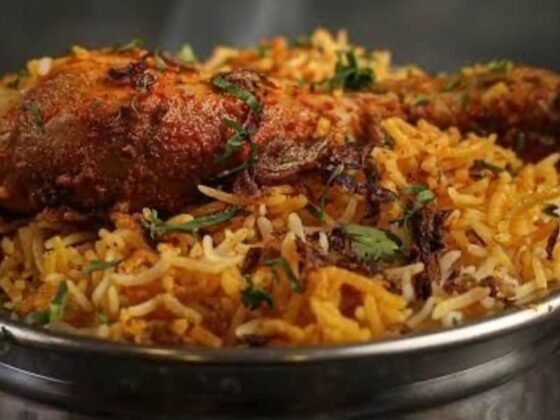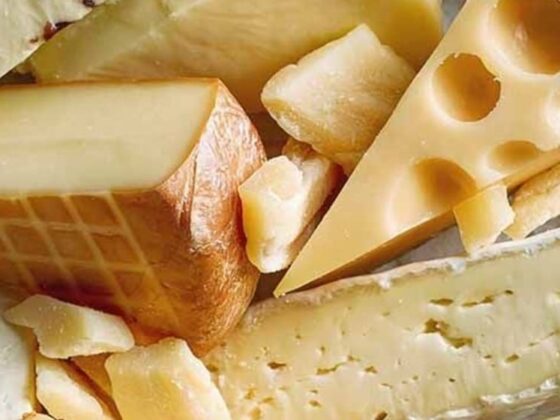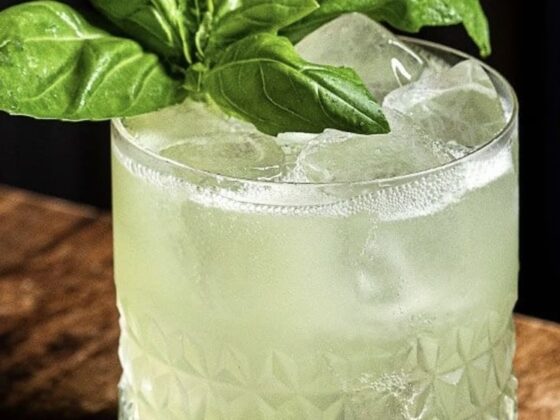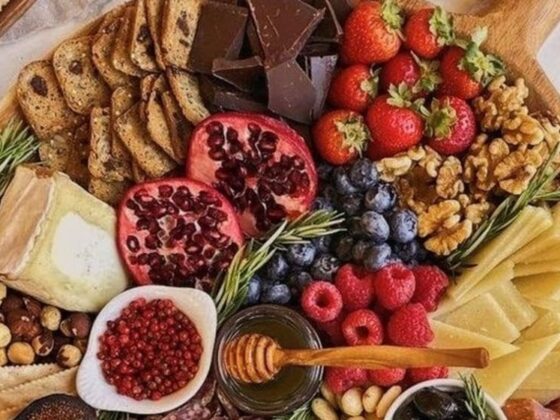If you’ve ever wandered down the aisles of a grocery store in India, you’ve likely encountered rows upon rows of pasta and macaroni. While they might seem like interchangeable terms, pasta and macaroni are not one and the same. There are distinctions between these two pantry staples that are worth exploring. So, let’s dive into the world of culinary delights and decipher the real difference between pasta and macaroni, from shapes to usage and everything in between.
Pasta vs. Macaroni: It's All About the Shape
The most apparent difference between pasta and macaroni is their shape. Pasta is the broader term, encompassing a wide range of shapes and sizes. It’s a versatile category that includes spaghetti, penne, fusilli, farfalle, and more. Each type of pasta has its own unique shape, making it suitable for different culinary applications. So, the next time you’re whipping up a pasta dish, you might be making spaghetti, fettuccine, or any other shape of your choice.
On the other hand, macaroni falls under the umbrella of pasta but belongs to a specific category with its distinct shape. Macaroni is a tubular pasta with a cylindrical or curved shape, typically characterized by its short, hollow tubes. These tubes can have different sizes, with the most common being elbow macaroni, which is small and curved.
From Italy to India: The Journey of Pasta and Macaroni
Pasta, the parent category, has its origins in Italy. It’s no secret that Italy is renowned for its pasta craftsmanship, and it has gifted the world a vast array of pasta varieties that have become staples in kitchens across the globe.
Macaroni, a subset of pasta, also traces its roots to Italy. The word “macaroni” itself comes from the Italian word “maccheroni.” It was initially made with durum wheat semolina, water, and salt, shaped into tubes, and then dried for preservation. Over time, macaroni made its way to different parts of the world, including India.
In India, pasta and macaroni have become staples in many households, with each having a unique place in Indian cuisine. You’ll find them featured in an array of recipes, from classic Italian pasta dishes to deliciously spiced Indian versions.
Pasta: Versatile and Adaptable
Pasta, with its numerous shapes and sizes, is incredibly versatile. Each pasta type is designed to pair perfectly with particular sauces and ingredients. Here’s a quick rundown of some popular pasta shapes and their ideal partners:
1. Spaghetti: Long, thin strands of pasta that go hand in hand with tomato-based sauces, olive oil, and garlic.
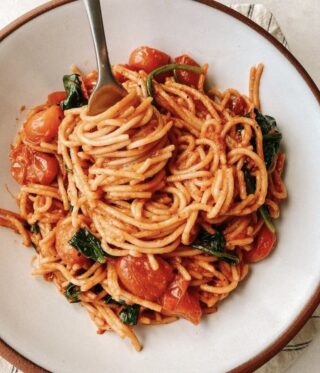
2. Penne: Short, cylindrical pasta with a diagonal cut at the end, perfect for catching creamy sauces, vegetable combinations, and cheesy goodness.
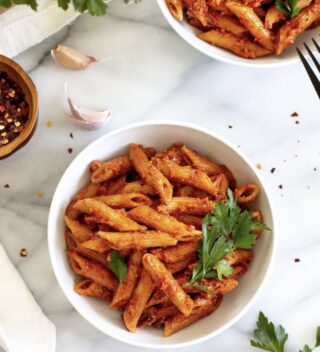
3. Fusilli: Corkscrew-shaped pasta that clings to chunky sauces and holds small ingredients like peas and diced tomatoes.
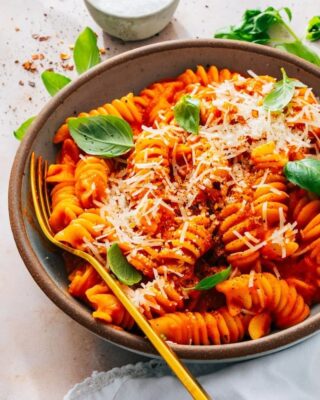
4. Farfalle: Bowtie-shaped pasta that’s great for light sauces, like pesto or a simple garlic and herb dressing.
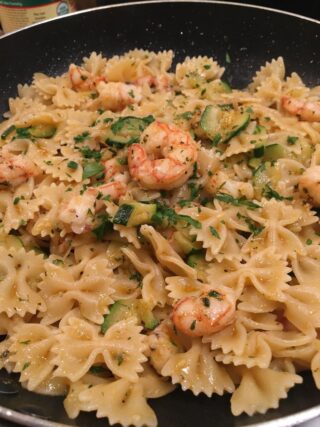
5. Lasagna: Large, flat sheets of pasta are used in the famous lasagna dish, where layers of pasta are stacked with meat, cheese, and sauce.
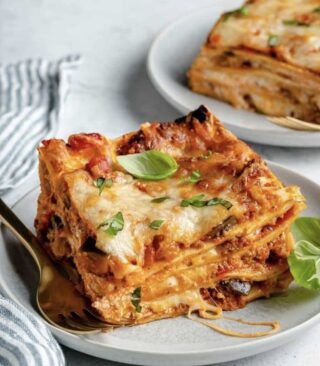
6. Ravioli: Small pockets of pasta filled with various ingredients like cheese, spinach, or meat. They pair beautifully with tomato or butter-based sauces.
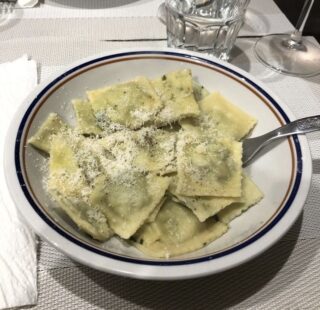
Pasta’s adaptability is one of its most significant strengths. Whether you’re in the mood for a quick weeknight dinner or preparing an elaborate feast, there’s a pasta shape that suits your needs.
Macaroni: The Icon of Comfort
Macaroni has secured its place in the world as the ultimate comfort food. Its small, curved shape is perfect for trapping gooey, creamy cheese sauces, making it the star of beloved dishes like macaroni and cheese. Whether you’re craving a classic mac ‘n’ cheese or looking for a cosy, nostalgic meal, macaroni delivers that creamy, indulgent satisfaction.
In India, macaroni often finds its way into the kitchen as a quick, satisfying meal. Its versatility allows it to adapt to a wide range of flavours, making it a fantastic choice for various Indian-inspired dishes. From spicy masala macaroni to a rich, cheesy macaroni bake, it’s no wonder this pasta variety is cherished by many.
The Differences in Cooking Time
The cooking time for pasta and macaroni can vary based on their shapes and sizes. Thicker pasta shapes typically require longer cooking times, while thinner ones cook more quickly. Macaroni, being small and hollow, generally cooks faster compared to many pasta varieties.
To ensure perfectly cooked pasta or macaroni, follow these general cooking guidelines:
- Boil Water: Bring a large pot of water to a rolling boil. Be sure to use plenty of water to allow the pasta or macaroni to cook evenly.
- Add Salt: Season the boiling water with salt. This infuses flavor into the pasta or macaroni while it cooks.
- Cook Time: Follow the package instructions for the recommended cooking time. For pasta, this can range from 7 to 12 minutes, while macaroni often cooks in around 7 to 8 minutes. Taste a piece to check for doneness, ensuring it’s al dente.
- Reserve Pasta Water: Before draining, scoop out a cup of the cooking water. This starchy liquid can be used to adjust the consistency of your sauces.
- Rinse Sparingly: While it’s common to rinse pasta to stop the cooking process, it’s not recommended for macaroni. Rinsing macaroni may remove the starch that helps sauces cling to it.
- Sauce it Up: Combine your cooked pasta or macaroni with your favourite sauce and toppings. Toss gently to coat the pasta evenly, allowing it to soak up the flavours.
Pasta and Macaroni in Indian Cuisine
In India, both pasta and macaroni have become integral ingredients in many recipes. Their versatility and adaptability have led to the creation of delightful fusion dishes that cater to Indian tastes.
Indian Pasta Dishes:
- Masala Pasta: This fusion dish combines pasta with Indian spices like cumin, coriander, and garam masala, creating a flavorful and spicy treat.
- Paneer Pasta: Paneer, the beloved Indian cheese, pairs perfectly with pasta. The creamy, rich texture of paneer complements pasta sauces beautifully.
- Curried Pasta: Pasta meets the diverse world of Indian curries. Whether it’s a coconut curry or a spicy tomato-based sauce, Indian curries can be a fantastic addition to your pasta dishes.
Indian Macaroni Delights:
- Masala Macaroni: Macaroni blends seamlessly with Indian masalas like turmeric, cumin, and chilli. It’s a spicy, tangy, and savoury treat.
- Cheesy Macaroni Bake: A heartwarming fusion dish that combines macaroni with a flavorful Indian twist, including spices and herbs.
- Paneer Macaroni: The creamy, slightly tangy paneer can elevate the flavours of macaroni to create a delightful dish.
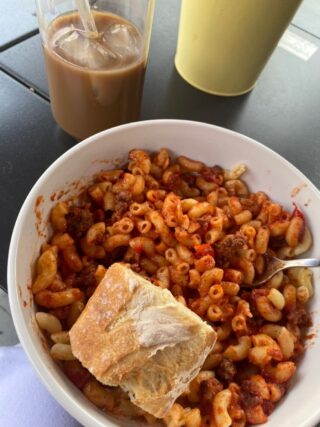
The Verdict: What's the Real Difference?
So, after this delightful exploration, we can conclude that the real difference between pasta and macaroni lies in their shape. Pasta encompasses a wide variety of shapes, while macaroni is a specific type of pasta characterized by its short, hollow tubes. Additionally, macaroni is often associated with comfort food, such as the classic mac ‘n’ cheese.
Both pasta and macaroni have secured a special place in Indian cuisine, offering a canvas for creative fusion dishes that combine the best of Italian and Indian flavours. Whether you’re whipping up a spicy masala pasta or indulging in creamy macaroni and cheese, these kitchen staples are here to satisfy your cravings.
So, the next time you’re at the grocery store, you’ll have a better understanding of the real difference between pasta and macaroni. And who knows, you might be inspired to create a culinary masterpiece that bridges the gap between these two beloved ingredients. After all, in the world of food, there are no boundaries – only delicious possibilities!
Love,
Team LadyInRoseGold


